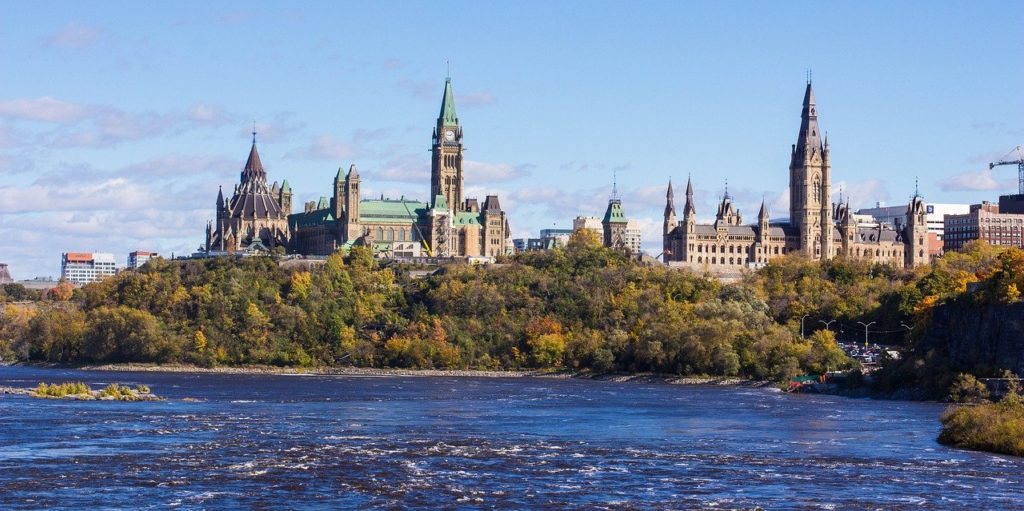- Rail blockade illustrates the ambiguity of legal rights - March 4, 2020
- ‘Colonial policing’ in Indigenous communities a complex issue: Grey - February 3, 2020
- Supreme Court of Canada decision is a call to action for the Crown: Grey - January 15, 2020
The “Indian Hospital” class action shares many of its roots with the more widely known Residential Schools claim, Alberta Indigenous rights litigator Leighton Grey says.
Grey, a senior partner withGrey Wowk Spencer LLP, says the horrifying stories from Indigenous victims of the hospitals were well known during negotiations that ultimately led to the landmark Indian Residential Schools Settlement Agreement in 2006.
However, Grey says the federal government and defendant churches wanted the claims related to Indian Hospitals and the day-school Residential Schools hived off from the main action, and they were ultimately not included as part of the final settlement.
“In the aftermath of the original settlement, these claims have percolated back up and now have their own lives,” he says.
As a status Indian himself, Grey admits he was a little embarrassed by how late he came to the table as far as the legal claims relating to Residential Schools were concerned. His own grandmother was a survivor of a school in Manitoba, but at the time he only came across the issue tangentially to his criminal law practice due to the number of clients whose abusive experiences in those institutions were coming up in pre-sentencing psychological reports.
“My involvement was almost an accident because my grandmother called and asked me about what was going on. There wasn’t much I could tell her,” he explains. “That sent me on a journey, and I began going out into First Nations communities in Alberta and gathering their stories.
“I ended up representing many of them in the original class action,” adds Grey, who also acted for more than 200 clients in the Independent Assessment Process established under the Indian Residential Schools Settlement Agreement.
“The Indian Hospital claims encompass almost as many people and just as large a geographical area as the original class action,” he says.
More recently, Grey has been travelling around First Nation communities in Alberta, spreading the word about the new claim, and collecting stories from victims who were treated by the special hospitals which were designated for use by Indigenous people. What he heard shocked him.
“People had medical experiments conducted on them, children were switched at birth — the conditions were just horrific,” Grey says.
In one case, Inuit children were sent by road from the far north of Canada to an Indian Hospital near Edmonton following an outbreak of tuberculosis.
“Many died en route and were buried in unmarked graves instead of being sent for proper funerals,” Grey says.
Other former patients detailed their experience of having dental work and other surgeries carried out without anesthesia, or how they were strapped to beds or placed in full-body casts in order to immobilize them.
During the 1950s and ’60s, Grey says Alberta hospitals typically spent between $12 and $14 per patient per day on hospital care. However, the legal team’s research suggests the equivalent figure for Indian Hospitals was about $2 per day.

